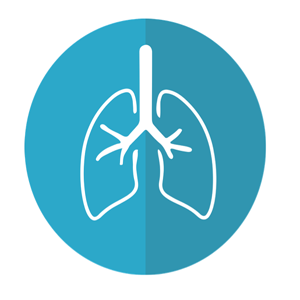Potential effects of hydroxysafflor yellow A on reducing pulmonary inflammation and fibrosis due to SARS-COV2

Accepted: December 4, 2022
All claims expressed in this article are solely those of the authors and do not necessarily represent those of their affiliated organizations, or those of the publisher, the editors and the reviewers. Any product that may be evaluated in this article or claim that may be made by its manufacturer is not guaranteed or endorsed by the publisher.
Authors
Cytokine storm is a condition that is characterized by a massive production of proinflammatory cytokines. Failure in balancing the up-regulation and down-regulation causes excessive production of proinflammatory cytokines in the fight against SARS-CoV2 virus infection, leading to lung damage and acute respiratory distress syndrome; in addition, high levels of IL-6 can activate the clotting pathways and vascular endothelial cells, which can inhibit blood circulation and heart muscle function and cause pulmonary, kidney, and liver fibrosis. Hydroxysafflor Yellow A (HSYA) is a compound that has been shown to reduce tissue lung damage through Toll-Like Receptor (TLR) 4, inhibits phosphorylation of the NF-κB pathway, and plays a role in balancing the up-regulation and down-regulation of inflammatory cytokines. This review of literature discusses the ability of HSYA to reduce inflammation that causes pulmonary cell and tissue damage. HSYA can inhibit the activation of the NF-κB signaling pathway and suppress the binding of the TGF-β1 promoter. This molecular mechanism can reduce lung damage by attenuating the inflammatory response by inhibiting the TLR 4-dependent pathways that can improve the condition of mice affected by pulmonary fibrosis, including inflammation that leads to vascular tissue repair. The molecular mechanism of HSYA can inhibit inflammatory mechanisms in lung injury, vascular tissue damage, and liver and kidney fibrosis. Therefore, this literature review can be used as a reference for in vivo research and clinical trials for further research on the ability to heal patients with cytokine storm that causes cardiovascular tissue damage and lung injury in patients infected with SARS-CoV-19.
How to Cite

This work is licensed under a Creative Commons Attribution-NonCommercial 4.0 International License.
PAGEPress has chosen to apply the Creative Commons Attribution NonCommercial 4.0 International License (CC BY-NC 4.0) to all manuscripts to be published.

 https://doi.org/10.4081/jbr.2022.10572
https://doi.org/10.4081/jbr.2022.10572



